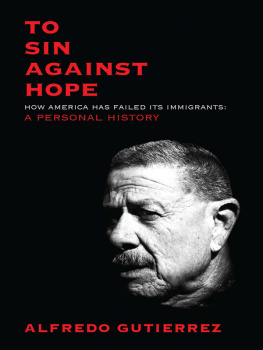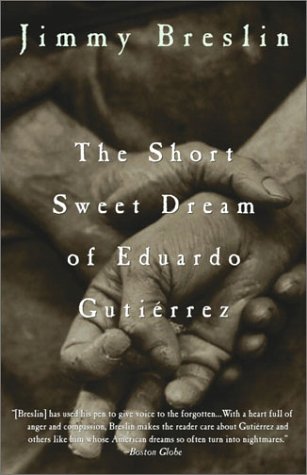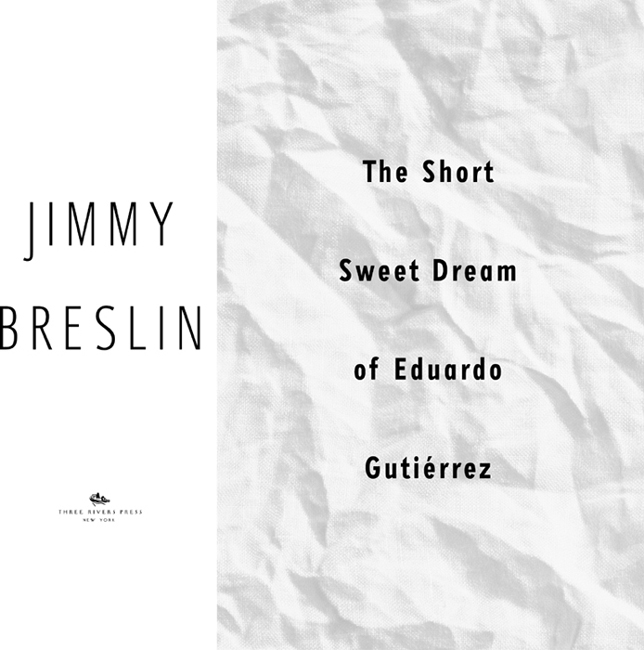ALSO BY JIMMY BRESLIN
Nonfiction
Cant Anybody Here Play This Game?
Damon Runyon: A Life Forty-Four Caliber
He Got Hungry and Forgot His Manners
How the Good Guys Finally Won:
Notes from an Impeachment Summer
I Want to Thank My Brain for Remembering Me:
A Memoir
The World According to Breslin
Fiction
Forsaking All Others
The Gang That Couldnt Shoot Straight
I Dont Want to Go to Jail: A Good Novel
Table Money
World Without End, Amen
For
TERESA GUTIRREZ DANIEL
For
AWILDA CORDERO
For
MAURICE PINZON
CHAPTER ONE
T oms Eduardo Daniel Gutirrez was the first-born of a fifteen-year-old mother in the town of San Matas Cuatchatyotla in central Mexico, about three hours by car from Mexico City. Daniel is his fathers last name and Gutirrez is the mothers. The baby was familiarly called Eduardo Daniel, but the official records used the formal name, Toms Eduardo Daniel Gutirrez. A midwife assisted. He was born on a Sunday morning, which allowed his father to be present. The father was away on the other six days, traveling by truck to sell loads of bricks. Sometimes he was given the wrong address for the customer, and he wound up driving for an entire day around Mexico City, selling the undelivered bricks door to door.
San Matas Cuatchatyotla starts as an alley running from the two-lane highway going to Puebla in central Mexico, forty-five minutes away. The alley is a Third World dirt path that runs straight through the dust with children leaning against walls and young mothers standing aimlessly on street corners holding staring babies, and dogs coated with flies sleeping in the alleys or walking in circles in front of entranceways to shacks. Old women walk bent in the heat and the flies. Their legs are thick and the grandchildrens thin, but this does not matter. All in San Matas, body bowed or lithe, have legs that can walk a thousand miles.
The alley runs into a network of other dusty alleys. They are lined with one-story sheds and lots filled with bricks. At first, the brick piles seem to be unfinished buildings, but then a kiln shows its hot sides to display the towns business, baking bricks.
Papers by archaeologists say that fired bricks used in the construction of a temple in the area disputes the conventional belief that only the Mayans built structures in this region. Fired bricks were not Mayan; they were from the Roman Empire. All these centuries later, archaeologists say the bricks of San Matas are relics not of the Mayans but of people from Europeyou figure out how they reached here. The physical evidence says they did.
The official address of Eduardos birth was number 8 Calle Libre, that figure scratched on the wall at the start of the alley that runs to a green tin fence with a door in it. A loud knock, and the door is opened by a child with a dog leaning against its legs. The hour of day, day of week, or time of year doesnt matter, for there is always a child with a dog at the door. The doorway opens to a crowded yard that has a large evergreen tree and is lined with concrete huts of single-room size that have flat roofs and curtains over the doorways. The thirty members of the Gutirrez family (the next baby makes thirty-one)uncles, cousins, nephews, nieces, dogsbrush through the curtains. There are no toilets or showers. Water is pulled up from the deep old stone well in a heavy wooden bucket with great effort by women whose mouths contort and whose bare arms throb as their large hands go one over the other in pulling up the bucket. On a long table there is a row of seven plastic buckets for washing dishes and pots and scrubbing clothes. Dogs lap up soapy water in spill buckets on the ground. The women hang wash on lines tied to the evergreen tree. The clothes flap just above rabbits in wood cages. There are chickens in a wire pen, and dogs covered with flies spread out on the ground, peaceful now but not always.
On the day Eduardo was born, the father, Daniel, waited in the courtyard while the women washed dishes and clothes.
Somebody always washes, he recalls. When somebody dies, they wash. When somebody is born, they wash.
Eduardos mother, Teresa, was shy to the point of agony. She spoke to nobody but her family. She left the house only when she heard the church bells up the street ring three times for the start of mass, or to buy something she needed. Each time, she draped a blue scarf over her face, Middle Eastern style. Everybody knew the scarf, but no one knew her, although San Matas is a small place. Eduardo was born with the deep shyness of his mother, but what directed body and life was neither home nor nationality. Mexico is just the name of a country, which comes from Mexica, another name for the Aztecs.
Eduardos life came from the lines circling a globe.
Latitude rules.
CHAPTER TWO
E duardo was born in a room off this courtyard with the sky above determining from the instant of his birth who he was and would be and how he would live the rest of his life. He cried into the world on June 15, 1978, at 19 degrees, 3 minutes north of the equator, and 4 degrees below the tropic of Cancer, in a place where the sun strikes the earth and those on it nearly directly. The path of the sun in the sky over San Matas is virtually the same each day of each year. Months are words. Seasonal changes carry the weight of a falling leaf. Each morning the sun rises straight up in the sky, to 80 degrees. For six hours each day in San Matas, for all the days, the burning eye of the sun stares unblinking and straight down. There are no shadows in its remorseless glare. The people at this latitude all have brown skin, often running to black. They must have it or they die in the sun.
All over the earth, the sun strikes from different angles. In Norway the sun gets half as high as over Mexico, 40 degrees, and comes at the earth on the oblique. People cant cast a shadow to equal their height. The sun must be 45 degrees before that can be done. In New York, except for June 21 and the days around it, the sun makes high sweeps across the sky, and the direct burning it does lessens by the day until December.
In the latitudes between 23 degrees north, the tropic of Cancer, and 23 degrees south, the tropic of Capricorn, the earth steams eternally, and most inside those lines are born with hues that often cause the whites above the tropic latitudes in the north to be somewhat apprehensive. Mexicans dont cause white foot races so often as the blacks; many Mexicans have slightly lighter skin, which makes them a little less frightening. Therefore businessmen and housewives see the Mexicans as the most worthy of all workers: The Mexicans are cheap labor.
Their heritage is Mexican by map and tongue, but latitude rules their bodies. The largest organ of the body is the skin, 6 percent of the body weight, whose hue originated so many millions of years ago. Color is spread through the skin by pigment that comes in drops so small that they fall beneath our ability to weigh them. Yet you put them together, the skin and the weightless pigment, and they can move the earth more than an earthquake.
In skin of any hue, the major cell population is the basal keratinocytes. There is a lesser group known as the melanocytes, whose effect is eternal. The number of melanocytes is the same in all skin: one melanocyte for every four to ten keratinocytes. Melanocytes contain granules called melanosomes, which carry melanin, the pigment that colors the skin. They bring pheomelanin, a light yellow or auburn, or eumelanin, which is dark brown.


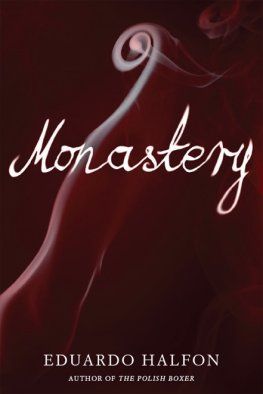
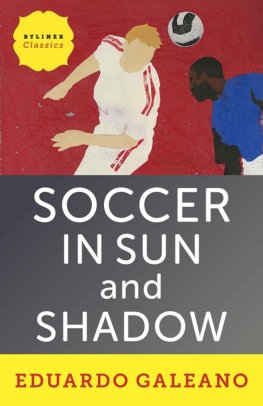
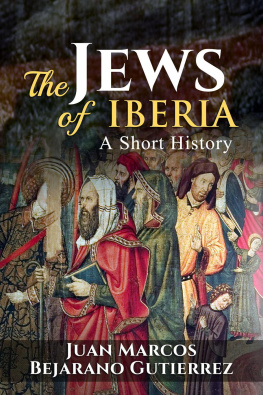

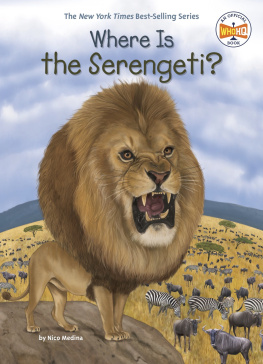
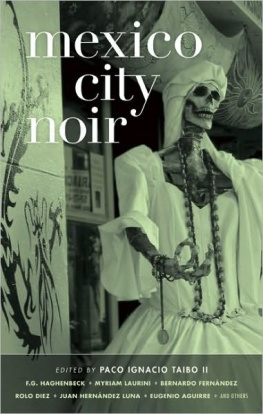
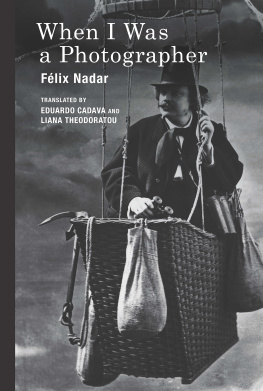
![Daniel D. Gutierrez [Daniel D. Gutierrez] - Machine Learning and Data Science: An Introduction to Statistical Learning Methods with R](/uploads/posts/book/119585/thumbs/daniel-d-gutierrez-daniel-d-gutierrez-machine.jpg)
